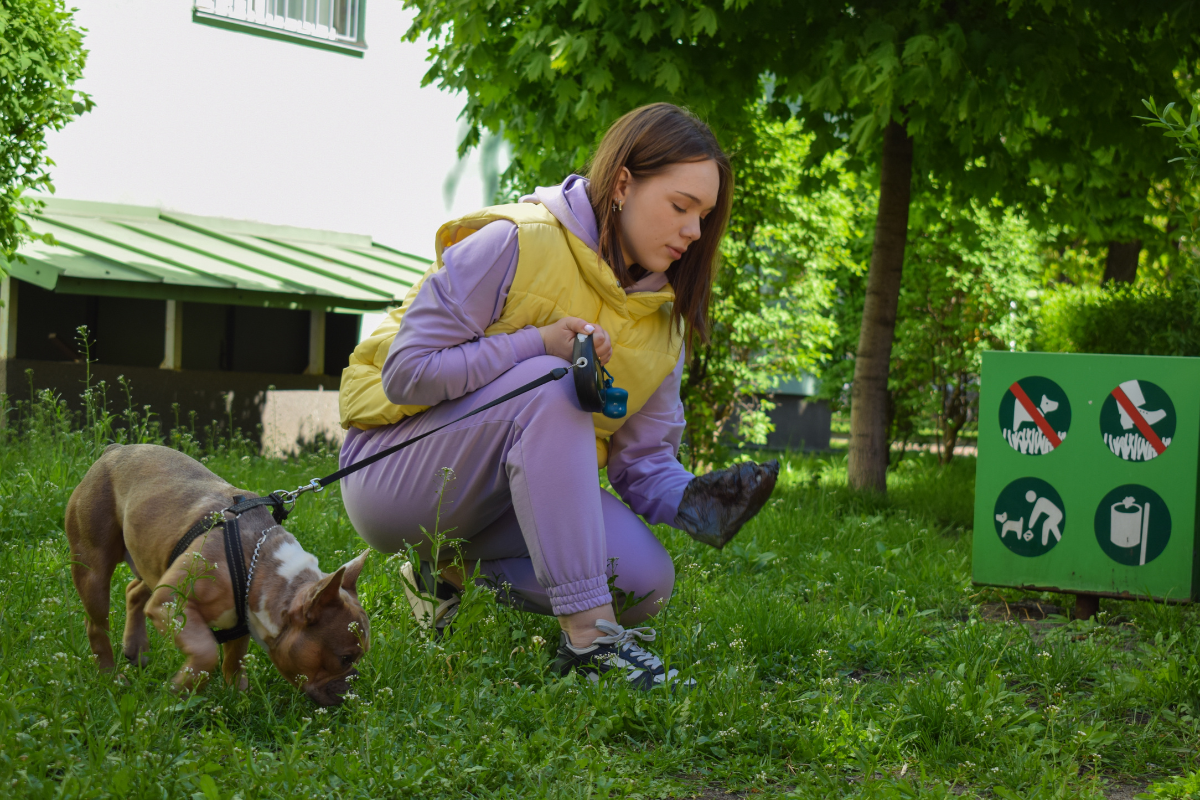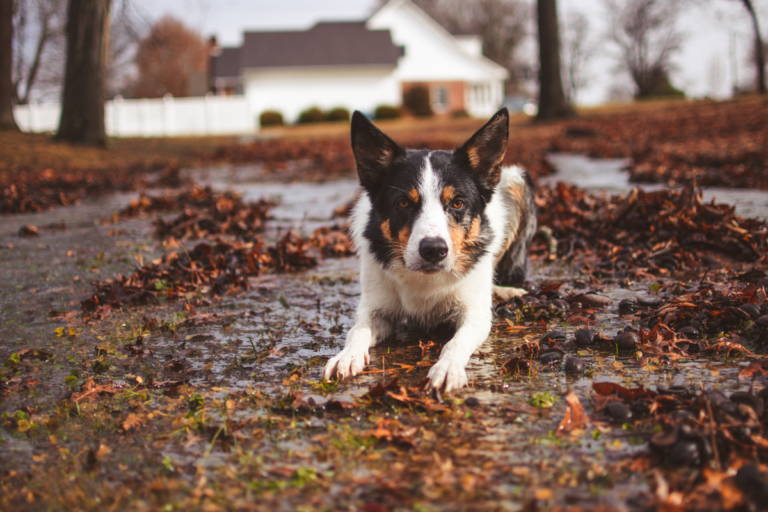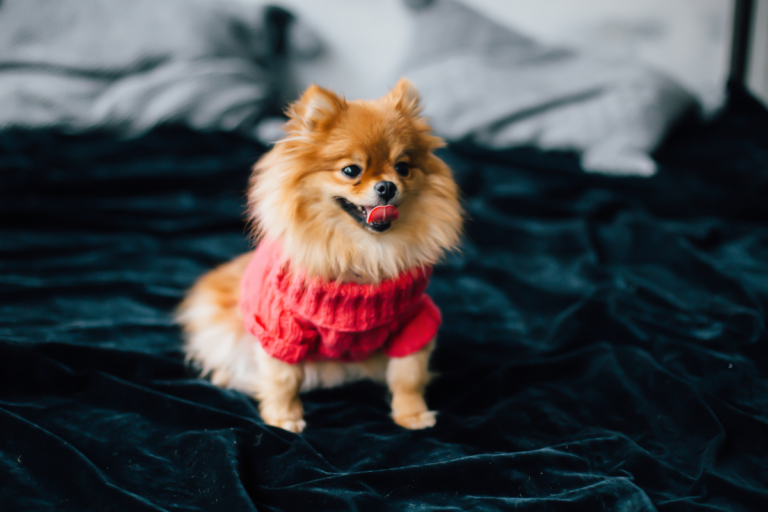Dealing with Dog Diarrhea: A Comprehensive Guide
This post may contain affiliate links, meaning if you decide to make a purchase via my links, I may earn a small commission at no additional cost to you. You can read our full affiliate disclosure by clicking here.
Introduction:
Hey there, fellow pet lovers! I’m Maureen, and today we’re going to talk about a not-so-pleasant but important topic: what to do if your furry friend has diarrhea. As a pet enthusiast, I understand how worrying it can be when your dog isn’t feeling their best. But don’t fret – I’m here to help you navigate this messy situation with confidence of Dealing with Dog Diarrhea.
Understanding the Causes:
First things first, let’s grasp why your dog might be experiencing diarrhea. It can be caused by various factors, including:
- Dietary Changes: Sudden changes in your dog’s food can lead to tummy upsets.
- Food Sensitivities: Some dogs have sensitivities or allergies to certain ingredients in their food.
- Infections: Bacterial, viral, or parasitic infections can trigger diarrhea.
- Stress: Dogs, like us, can be stressed, which may manifest in digestive issues.
- Toxins: Ingesting toxic substances is a serious concern and can result in diarrhea.
When to Seek Veterinary Help:
Mild cases of diarrhea can often be managed at home, but it’s crucial to know when to contact your vet. You should consider reaching out if:
- The diarrhea is persistent or severe.
- Blood or mucus is present in the stool.
- Your dog appears lethargic or in pain.
- Diarrhea is accompanied by other concerning symptoms.
Home Care Tips:
Assuming your dog’s diarrhea is mild and not accompanied by alarming symptoms, here are some steps you can take:
- Fasting: Withhold food for 12-24 hours to give your dog’s stomach a break.
- Hydration: Ensure your dog has access to fresh water at all times to prevent dehydration.
- Bland Diet: Gradually reintroduce a bland diet of boiled rice and plain chicken or a prescribed veterinary diet.
- Probiotics: Consult your vet about using probiotics to restore gut health.
- Monitor: Keep an eye on your dog’s condition and stool consistency.
Preventing Future Episodes:
Once your dog is back to their wagging-tail self, consider these steps to prevent future diarrhea:
- Maintain a consistent diet.
- Avoid sudden food changes.
- Ensure your dog is up to date on vaccinations and deworming.
- Minimize stressors in your pet’s life.
Conclusion:
Dealing with a dog’s diarrhea can be a messy and worrisome experience, but with the right knowledge and care, you can help your furry friend get back on their paws. Remember to consult your vet if you’re unsure or if the problem persists. Our pets rely on us for their well-being, and as fellow animal lovers, we’re up to the task!
Until next time, keep those tails wagging and those furry friends happy and healthy.







